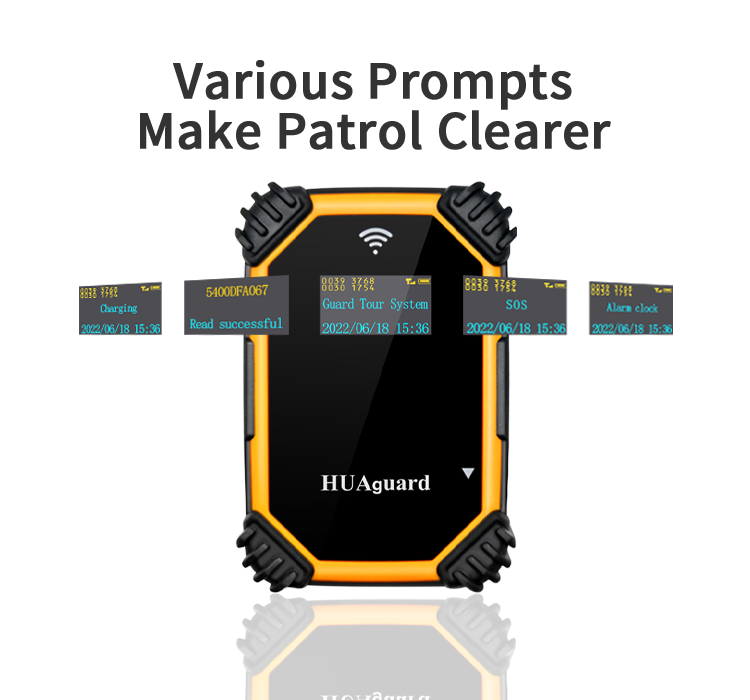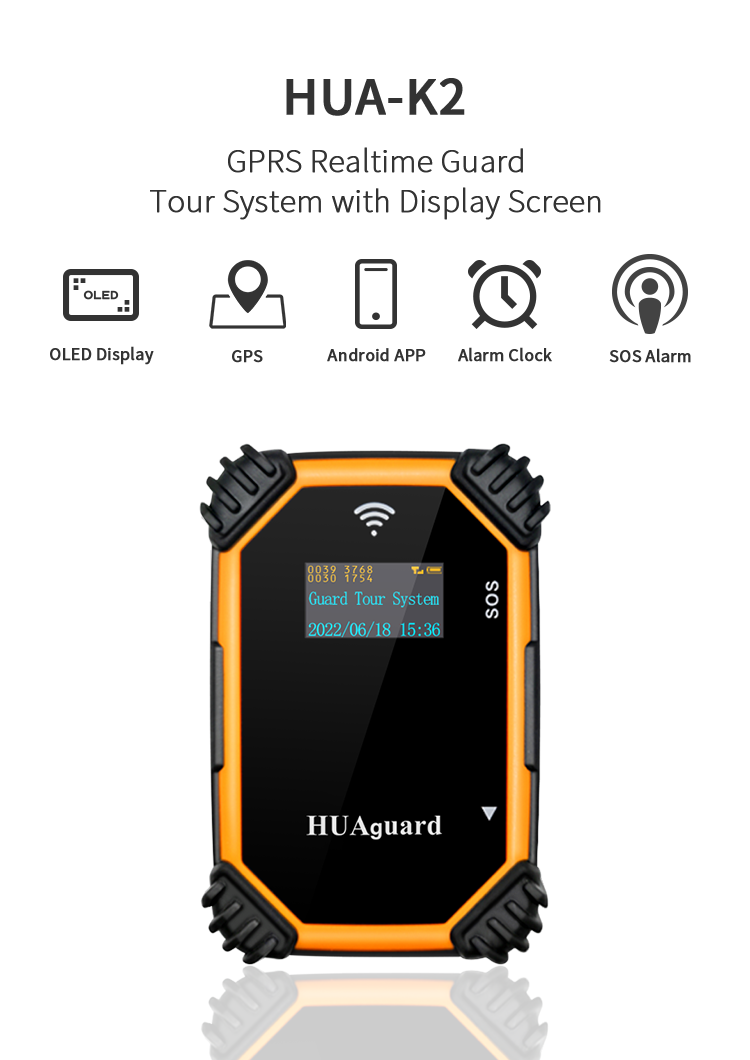

Security patrol systems are designed to track and manage security personnel, ensuring they follow designated routes and complete patrol assignments effectively. Security operation oversight can stem from missed patrols, incomplete reports, or delayed response to incidents. By implementing a patrol system, organizations can eliminate these risks and maintain high security.
The core components of a security patrol system include RFID or GPS-based tracking, real-time monitoring, automatic alerts, and digital reporting. These features help security managers detect oversights in patrol assignments and take immediate corrective action. With advanced patrol systems, organizations can significantly reduce human errors and establish a culture of accountability to ensure smooth security operations.
The leading cause of security oversight is a lack of accountability by security personnel. Without a structured tracking system, guards may skip patrol checkpoints, respond late, or fail to report incidents. A security patrol system monitors each guard in real-time and automatically records their patrol routes and check-in times.
The system records every checkpoint visit using RFID tags, QR codes, or GPS tracking, eliminating the possibility of falsifying patrol logs. If a guard misses a checkpoint or fails to complete a patrol route, the system sends an alert, allowing supervisors to take immediate action. This level of transparency and monitoring significantly improves accountability and reduces the risk of neglected security responsibilities.

Security oversights often occur when patrol routes are inconsistent or poorly planned. A security patrol system allows security managers to design structured patrol schedules that cover all high-risk areas without unnecessary duplication.
By analyzing historical patrol data, security teams can identify weak spots in coverage and adjust patrol schedules accordingly. For example, if a specific area is more prone to security breaches at certain times, the system can be programmed to increase patrol frequency during those hours. Automation can also ensure that guards adhere to designated schedules. If a patrol is delayed or skipped, the system triggers an automatic alert, notifying management immediately.
Real-time monitoring is one of the most powerful features of a security patrol system. Unlike traditional paper patrol logs, modern digital systems provide real-time updates of guard movements, checkpoint scans, and incident reports.
The system immediately alerts the supervisor if a guard fails to sign in at a scheduled checkpoint. This allows for quick intervention to prevent security breaches that could be exploited. Additionally, real-time alerts help respond to emergencies faster. If guards notice unusual activity, they can immediately report it through the system, triggering an immediate response from the security team.

One key aspect of security patrol operations is proper recordkeeping. Neglecting to report incidents can lead to missed threats, unresolved security breaches, and weak security management overall. Security patrol systems simplify incident reporting by allowing guards to record details digitally through a mobile app or handheld device.
Instead of relying on handwritten notes, security guards can instantly upload photos, videos, and descriptions of security incidents. The system organizes all reports into a centralized database, making it easy for security managers to review, analyze trends, and take necessary actions. Automated reporting eliminates errors such as missing details or false reporting incidents. It also provides time-stamped logs, ensuring all security activities are documented for audit and investigation.
Preventing security oversights requires a proactive approach, and a security patrol system is a vital tool to achieve this goal. Organizations can significantly reduce human errors and improve overall security by ensuring guard accountability, optimizing patrol schedules, leveraging real-time monitoring, and improving incident reporting. Additionally, ongoing data analytics and system integration strengthen security measures, creating a comprehensive and efficient security operation.